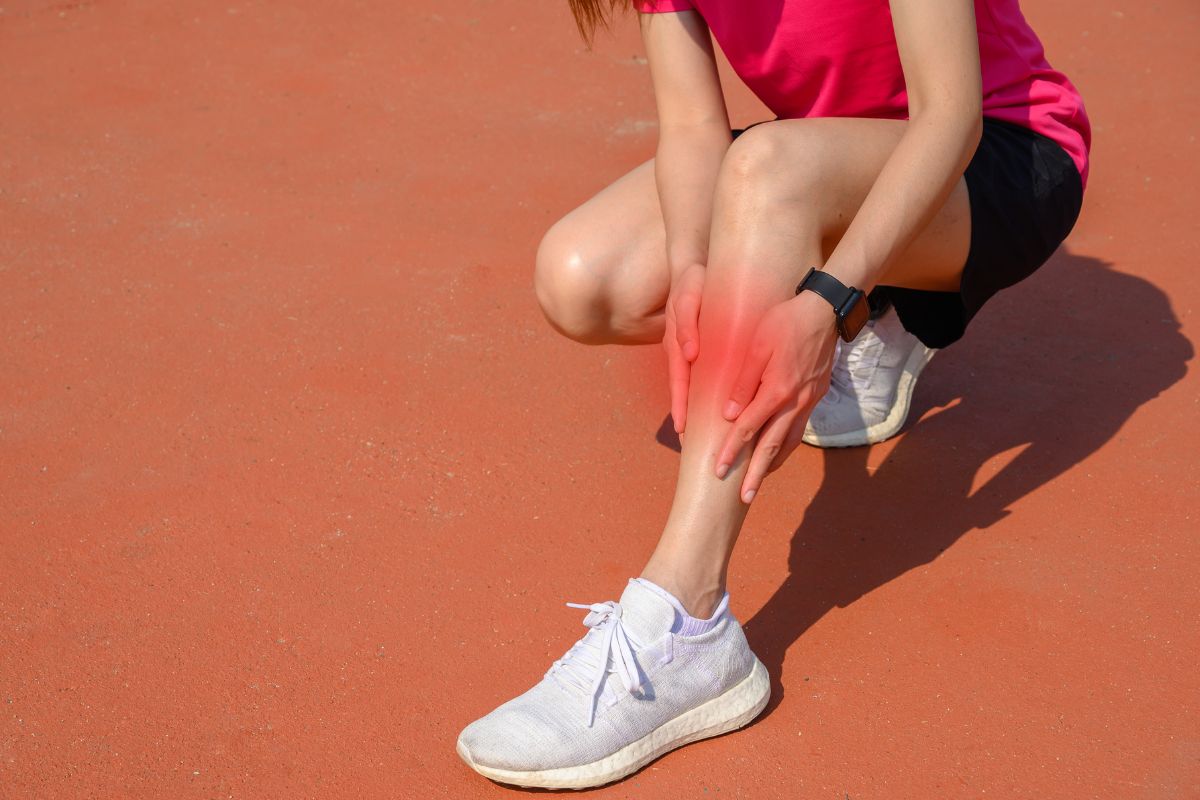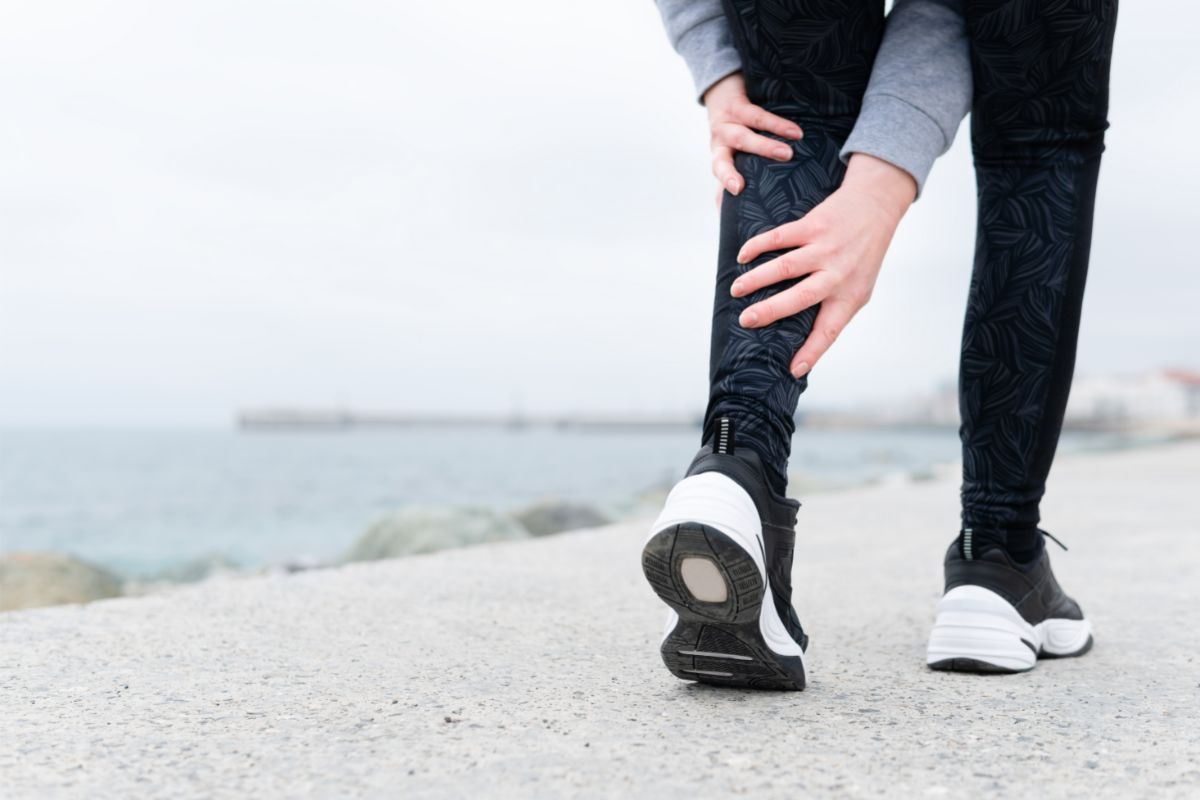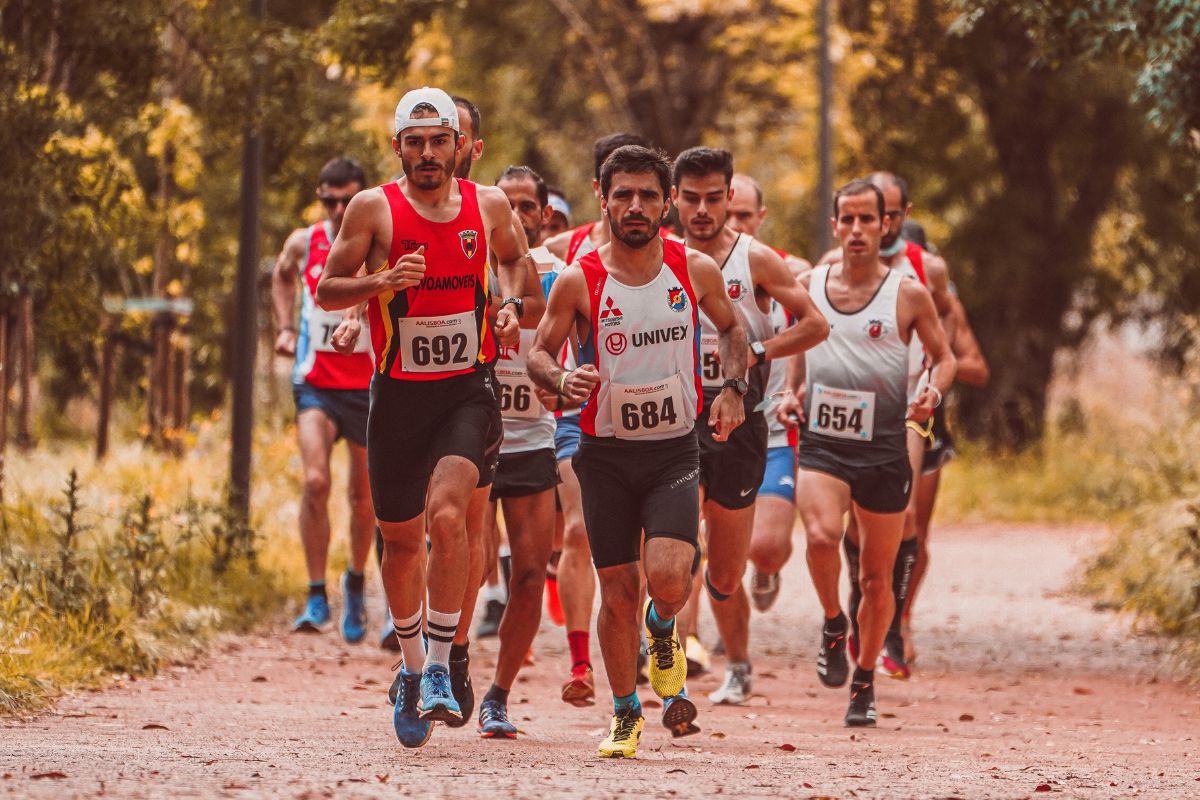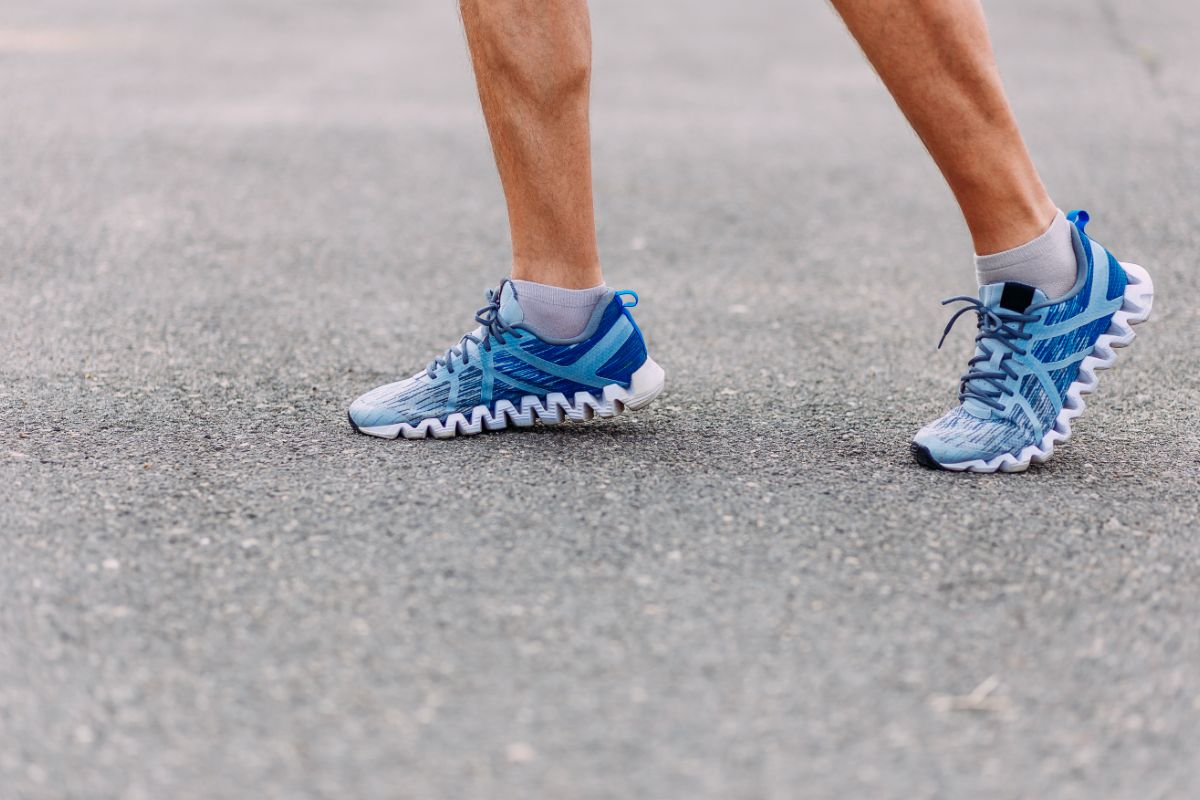The pain you get on the inside of your lower leg, where the shin bone, or tibia, meets with the muscles that support it, is referred to as “shin splints.”

This is often caused by inflammation in the tissue.
This is a common issue found by all levels of runners as there is a lot of pressure on the leg as a whole.
But how can you prevent it through your running journey?
We’ve got the information you need to prevent shin splints when running.
You’ll be running for longer with no worry of pain during or after! Keep reading to find out how.
What Are Shin Splints?
Shin splints, also known as medial tibial stress syndrome in medicine, is a cumulative stress illness that is frequently linked to runners, other athletes, and persons who regularly engage in physically demanding activities.
Repeated strain on your lower legs’ muscles, tendons, and bones causes the disorder, which also impairs your body’s ability to heal itself.
Struggling with shin splints can be painful and hinder your everyday life.
As the muscles swell and pressure is pushed against the bone, the cracks can quickly become a widened bone fracture.
Shin splints are typically brought on by fatigued leg muscles and tendons.
People with flat feet, high or inflexible arches, athletes, especially those who play sports that require quick starts and stops, dancers, and recruits in the armed forces who are subjected to forced marches are at high risk for the condition.
However, those who pound the pavement with each stride are most at risk.
Treating Shin Splints
The best way to treat shin splints is the simplest, rest. However, when it comes to actually taking the time to rest, it can be difficult.
We are all accustomed to being on the go 24/7 so when we are forced to relax and take some time to heal, it can be challenging.
All your body needs is roughly two weeks of low-impact exercise to recover from the harsh pounding of the pavement.
This can be cycling, swimming or using an elliptical. You don’t have to spend two weeks on the couch.
However, if your shin splints are causing more intense pain common treatments include:
- Over the counter inflammatory medication
- Ice packs. Press a cold compression pack to reduce the swelling for 20 minutes a time throughout the day.
- Compression bandage. This will support the shin and prevent any additional swelling as you move around.
- Soft flexibility exercises. This can be some gentle stretching to keep the shins and surrounding muscles mobile whilst resting.
- Supportive shoes. Finding shoes, running or otherwise, which give good support and cushioning will lessen the stress on the shins and calves.
- Slow return to running. It’s important to gradually build up your running intensity and duration in order to avoid further injury.
How To Prevent Shin Splints

So, you know what shin splints are and how to treat them if and when they occur.
But how can you prevent them from happening? Below you’ll find our tips for preventing shin splints when you are running.
1. Gradually Increase Duration
Shin splints are considered overuse injuries because they frequently happen when runners (particularly those who are just starting out) boost their mileage or intensity without giving their bodies enough time to heal.
Slowly and gradually increasing the distance you are running will allow your shins, calves and ankles the time to build strength and handle the pressure when you run.
It’s important to listen to your body and not push through the pain.
Refrain from running when you feel pain and take to fully resting or low-impact exercises.
It is recommended to not return to running until you have been free of pain for at least 2 weeks.
2. Run Easier Routes
This doesn’t mean taking the easy path, it just means running on easier surfaces.
Your muscles, joints, and bones may be subjected to a great deal of additional stress when running on hard surfaces like concrete.
It’s crucial to switch up your jogging surfaces.
Take a new route and run the trail at your local park. If you’re planning a longer run, consider going on grassy or dirt paths.
Consider running on a treadmill once or twice a week. It is less taxing on your body to run on a treadmill rather than on a road or a sidewalk.
3. Rest
As you begin running it can be compelling to run every single day in order to get better.
However, this can only cause further injury and slow down your progress.
Taking a rest day at least twice a week will reduce the stress on your muscles, joints and bones.
Your body needs time to recover, so active rest days of low-impact activities such as walking or swimming are recommended.
This will keep the risk of shin splints and other injuries at a minimum.
4. Find The Right Running Shoes
Everyone is different with different needs from their shoes.
You may need a shoe which provides more room, more cushion or more support.
Getting the right running shoes for you will give you the support you need to complete your runs with ease. And without the added stress of shin splints.
Change your running shoes every 350 to 500 kilometers as well.
One of the most typical causes of shin splints is running in shoes that have lost their cushioning.
To avoid having to extend your calves as far, you can also utilize shoe inserts that are available over the counter.
Final Thoughts
You’ll never have the worry of shin splints interrupting your run with these preventative measures.
They can be painful and debilitating when they occur so taking these steps will help keep you running for longer.
And in the event that shin splints do take you off the trail, you know how to treat them.
Rest up, place a cold compress to reduce swelling and make sure to be pain free for at least 2 weeks before running again!
- Can Dogs Run Faster Than Humans? (Running With Your Furry Friend) - October 4, 2022
- 10 Doggie Fun Runs You Will Love [Ultimate Guide] - October 4, 2022
- What Are Division Results In Running? - October 4, 2022








